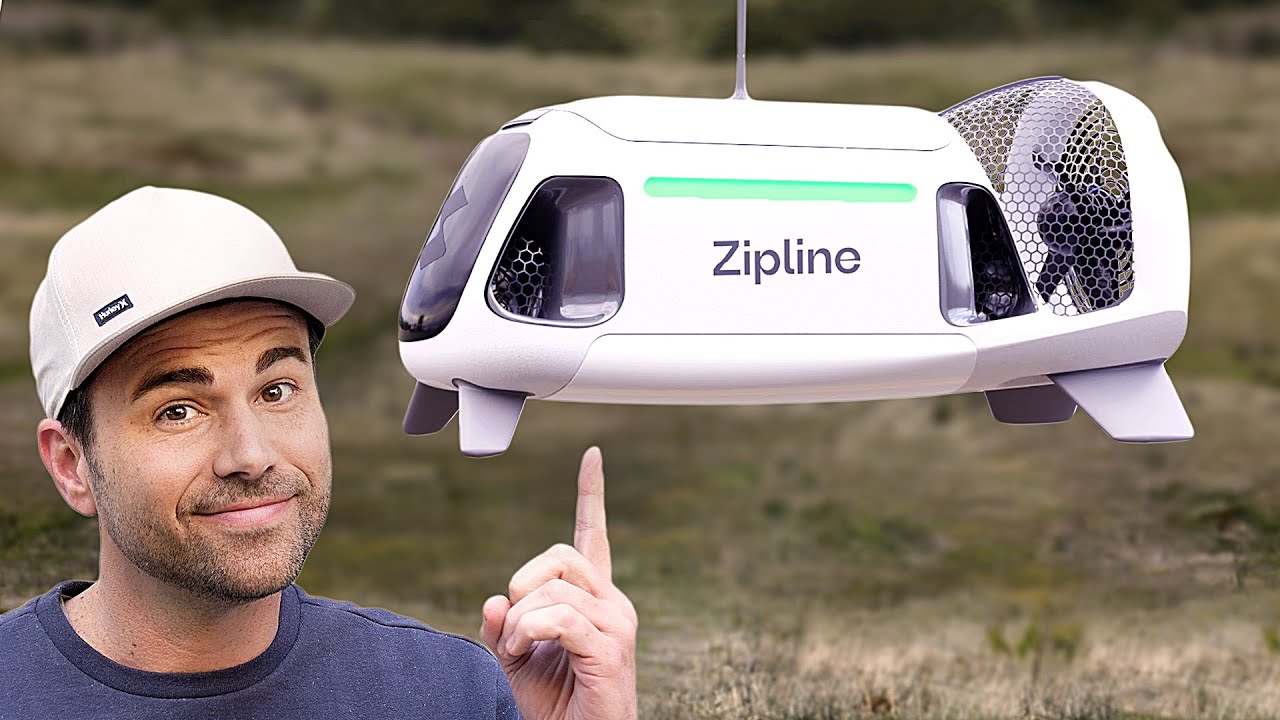
Zipline drone delivery projects ready for takeoff in US cities
January 08, 2024Consumers hoping for doorstep package custom solution deliveries by drone might finally see their wish take flight in 2024. Zipline, a San Francisco-based drone delivery company, plans to launch operations in several U.S. cities next year, with an ambitious goal of reaching 15 locations by 2025.
While drones have been making deliveries around the world for over a decade, they've mostly been relegated to niche applications like emergency medical supplies. However, a recent rule change by the Federal Aviation Administration (FAA) in September opened the door for broader commercial drone use.
Previously, the FAA required delivery drones to remain within the visual line of sight of ground observers. This significantly limited the technology's range and practicality. The new rule grants exemptions to Zipline and two other companies, allowing them to make commercial deliveries without visual observers.
"This exemption opens the door to eventual autonomous drone delivery, which will be critical to scaling the technology both from a cost and a staffing standpoint", - said Rob Enderle, principal analyst at the Enderle Group.
Zipline hailed the exemption as a "monumental shift" for logistics and equitable access in the U.S. They envision using drones, just like robotaxis, to deliver food, medicine, consumer goods, and other supplies on-demand, with significantly lower emissions compared to traditional vehicles.
However, some custom software development companies experts caution that exemptions are not a long-term solution. Adam Robertson, CTO of Fortem Technologies, believes: "enabling regulation, not flying by special exemption", - is crucial for mainstream drone delivery.
"It is taking far longer than the tech community ever imagined to get to drone delivery", - Robertson said. "Companies doing drone delivery in the U.S. today do it only by exemption to regulation. The FAA is excellent at safety for manned aviation, and there is still much work to do to safely integrate drone delivery into the national airspace".
Amazon CEO Jeff Bezos famously predicted drone delivery approvals within "four to five years" on "60 Minutes" a decade ago. Industry insiders like Tom Walker, CEO of DroneUp, attribute the slow progress to regulatory hurdles and a lack of awareness about the regulatory landscape.
Despite the challenges, the FAA's decision to allow beyond-visual-line-of-sight (BVLOS) deliveries is seen as a major step forward. DroneUp expects to commence BVLOS deliveries as early as Q3 2024, paving the way for wider adoption.
Cost remains a major obstacle, though. Enderle points out that current FAA rules and drone limitations hinder cost-effectiveness. Additionally, integrating thousands of drones into the national airspace raises air traffic control concerns.
Mark N. Vena of SmartTech Research expresses scepticism about consumer demand for drone package deliveries, arguing that existing same-day delivery options often suffice. However, he acknowledges the potential value in areas like meal delivery, where DroneUp reports a 90% reorder rate and 15-minute delivery times.
The last mile of package delivery is where drone technology could have the most significant impact. "The last mile is relatively expensive and labour intensive", - notes Enderle. DroneUp estimates that 90% of delivered packages weigh under 8.5 pounds and could be delivered by drone for under $3, compared to the $16-$20 cost of traditional delivery.
While drone delivery might not replace human-centric methods entirely, its potential for speed, efficiency, and cost reduction makes it a promising contender for reshaping the future of last-mile logistics. As Robertson concludes: "If delivery drones can do it faster, cheaper, or gain some efficiency, it suddenly has economic viability and will begin replacing the current human-centric last-mile delivery".
It's still early days for widespread drone delivery, but 2024 could be a pivotal year for the technology. With companies like Zipline leading the charge and regulatory hurdles gradually clearing, the skies might soon be buzzing with delivery drones, bringing packages directly to consumers' doorsteps.
